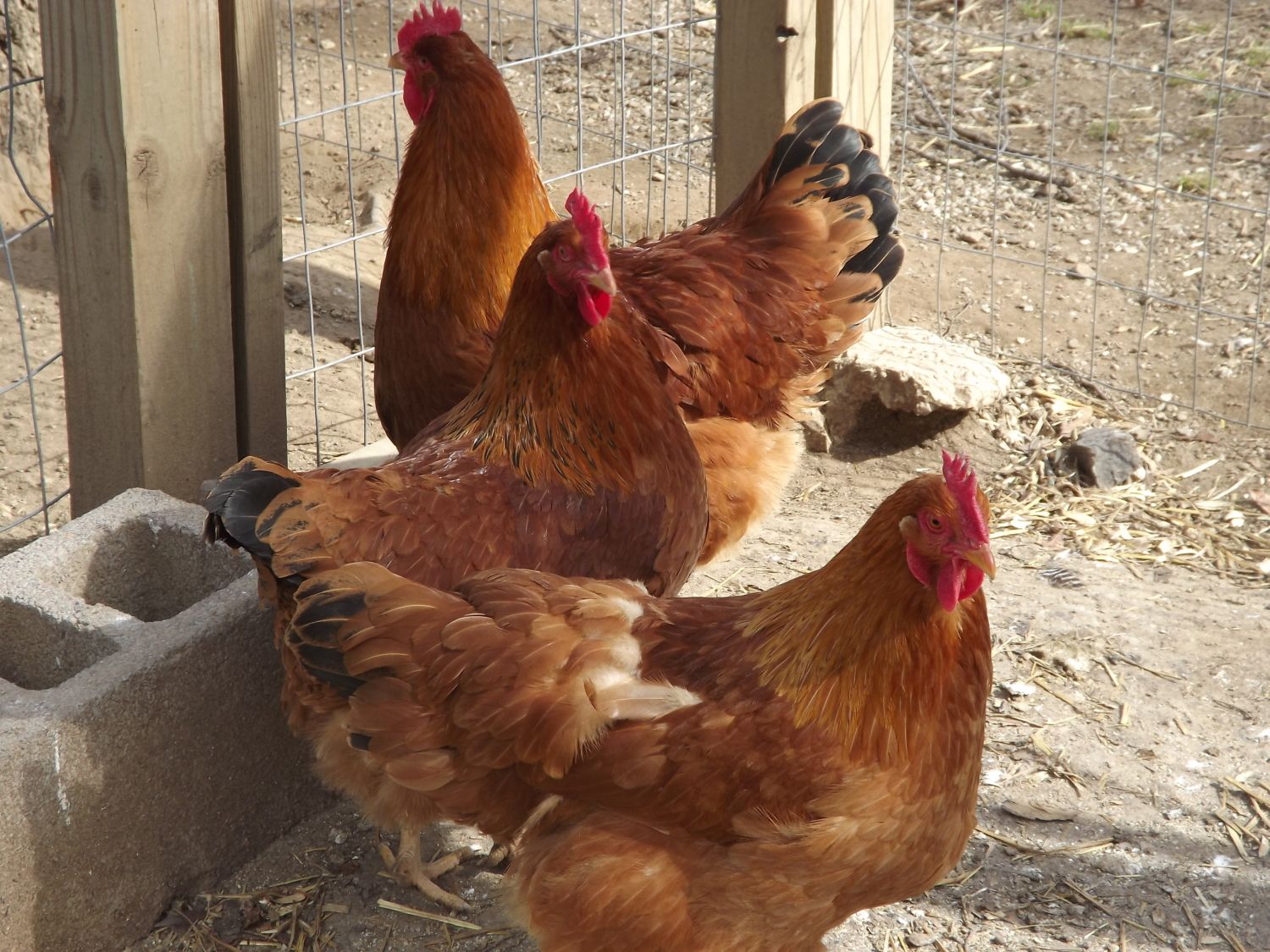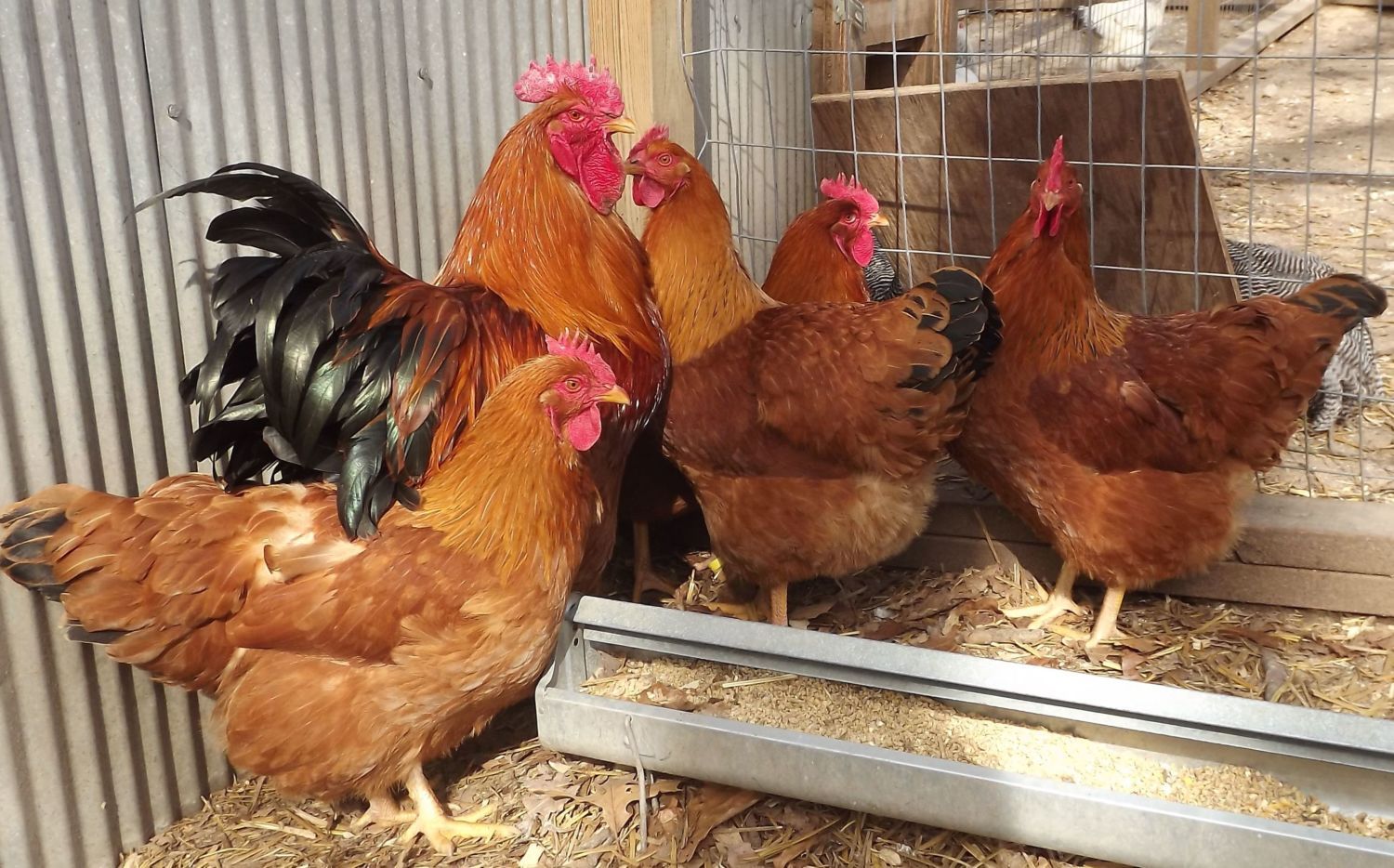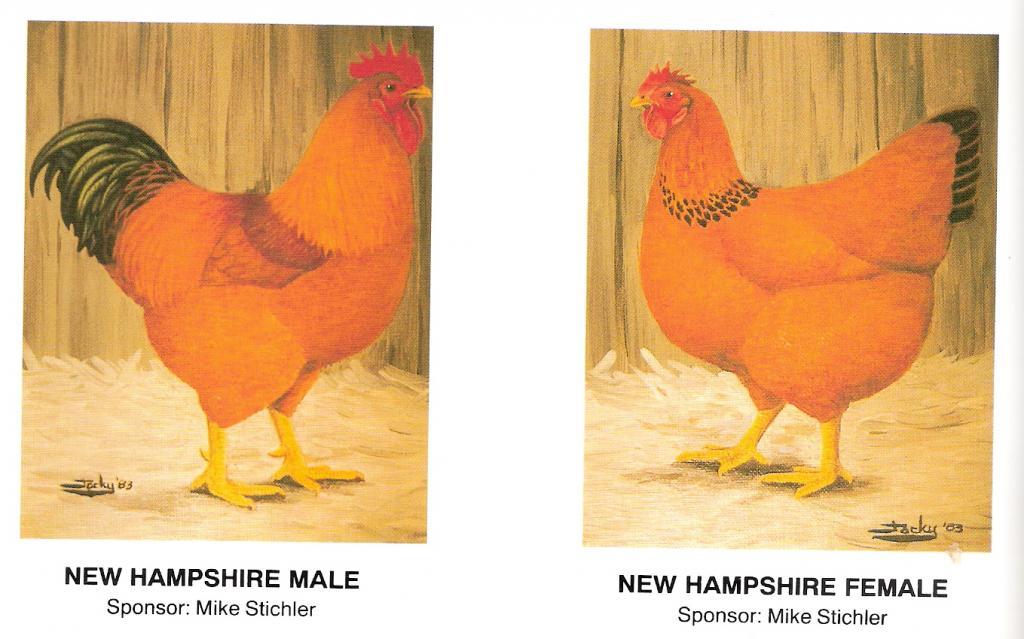In the description of the male....... compare it to this bird. What are your thoughts on this color issue?
Quote:
MALE
HEAD: Plumage, Brilliant reddish bay.
NECK: Hackle-- lustrous, golden bay.
BACK: Brilliant deep chestnut red.
Saddle -- lustrous, golden bay, slightly darker than hackle.
TAIL: Main Tail -- black
Sickles -- rich, lustrous, greenish black.
Coverts -- lustrous, greenish black, edged with deep chestnut red.
Lesser Coverts -- deep chestnut red.
WINGS: Fronts -- medium chestnut red.
Bows-- brilliant deep chestnut red.
Coverts -- deep chestnut red.
Primaries -- upper web, medium red, lower web, black edged with medium red. Primary coverts, black, edged with medium red.
Secondaries -- upper web, medium chestnut red, having broad black stripe extending along shaft to within one inch of tip; lower web medium chestnut red; shaft, red.
BREAST: Medium chestnut red.
BODY AND FLUFF: Medium chestnut red.
LEGS AND TOES: Lower Thighs-- medium chestnut red.
Shanks and toes-- rich yellow tinged with reddish horn. A line of reddish pigment down sides of shanks extending to tips of toes is desirable.
UNDERCOLOR OF ALL SECTIONS: Light salmon.







